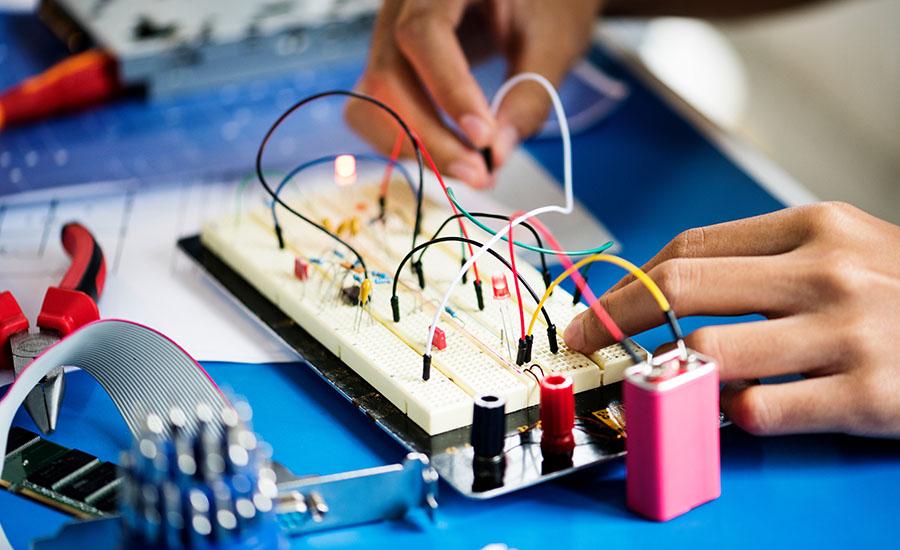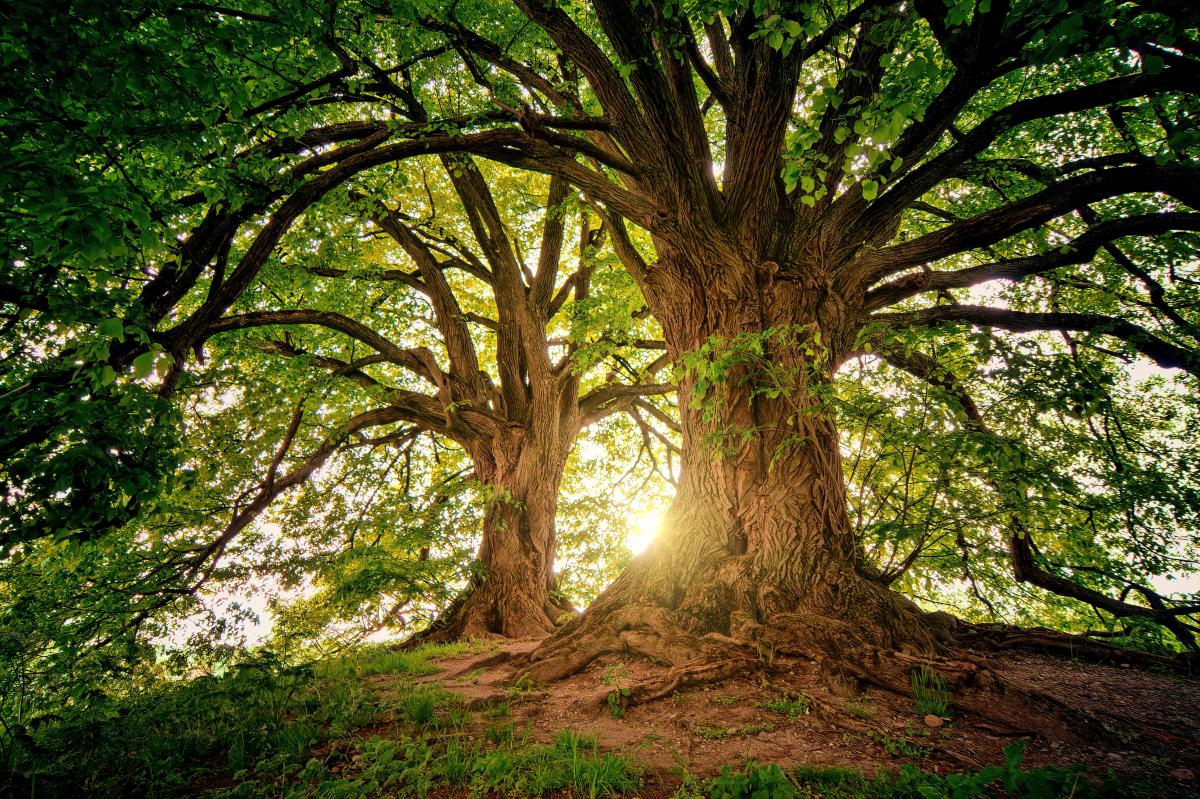This lesson allows students to conduct an interesting research project about Arizona's nuclear power plant, Palo Verde Generating Station, and its waste management practices today. This leads to
Today we will make new crayons from old and broken crayons. To do this we will: listen to an informational text describing how crayons are made. make a solar oven. describe the steps we take to make
Today we will learn how ice cream is made and then make some ourselves. To do this we will: Listen to an informational text describing how ice cream made and compare that information with our prior
In this hands-on lesson, students use making lemonade to practice lab procedures, measurement and ratios as well as learning about temperatures affecting saturation points.
In this hands-on lesson, students will test how long an ice cube takes to melt in the classroom. They will then design and build a structure that will prevent a 1-gram ice cube from melting completely
Salt Lamps and Plants
In this hands-on lesson, students explore unbalanced forces through a variety of learning experiences and reading material. They then create simple machines to demonstrate unbalanced forces.
Messin' with Mixtures
Saltwater vs. Freshwater
In this lesson students will show the proportion of freshwater compared to saltwater on Earth. Students will define the problem of having a limited amount of fresh water using evidence gathered from
In this hands-on lesson, students design and execute an experiment to maximize caffeine extraction when making coffee. The caffeine testing is conducted using a Spectrometer. The focus of this lesson
In this hands-on lesson, students work in groups as they will receive a variety of items; sketch and label each object, write their observations of the color, shape, texture and other unique
In this lesson, students will listen to a story about how crayons are made. Students will then observe the effects of temperature on matter as they make "new" crayons. This is the 2nd lesson in a
In this lesson, students research and take on role as a contributing scientist to the development of the atomic model. Focus is on interaction between society and science and how they affect each
In this lesson, students perform a lab, and use a materials list to create an "activity series", the inverse of a reduction potential chart. While reduction charts are used more often, the "activity
In this lesson, the students will observe matter that has endured a temperature change. They will make predictions about what they think will happen to a form of matter after choosing if it will be
This lesson plan aims to incorporate Science, Engineering, and Math subjects into the Digital Book Project. Students paraphrase in simple words the explanations of chemical reactions in everyday life
Students will read and explore the idea of leprechauns and traps. Then, using the Engineering Design Process students will have to build a leprechaun trap.
Students will read the original version of The Three Little Pigs and then explore different versions of the story. After exploring, they will complete a compare & contrast chart on two or three of the
In this lesson, students will first learn the importance of using reliable tools when gathering data in an experiment. When given common acidic and basic substances, students will then begin to
Featured Lesson Plans
Check out these notable lesson plans.

In this outstanding lesson, students will explore circuitry through working collaboratively to build a working floor piano out of simple materials. Students explore the engineering design process by

STEM in the Garden- Wild Bee Hotel
Third grade students will apply their knowledge of the significance of bee pollination by designing and creating a Wild Bee Hotel in a collaborative group which will incorporate literacy, mathematical

In this outstanding lesson, students will apply their knowledge of how natural and human-caused changes to habitats or climate can impact our world in a stop motion film. The lesson covers a Science


